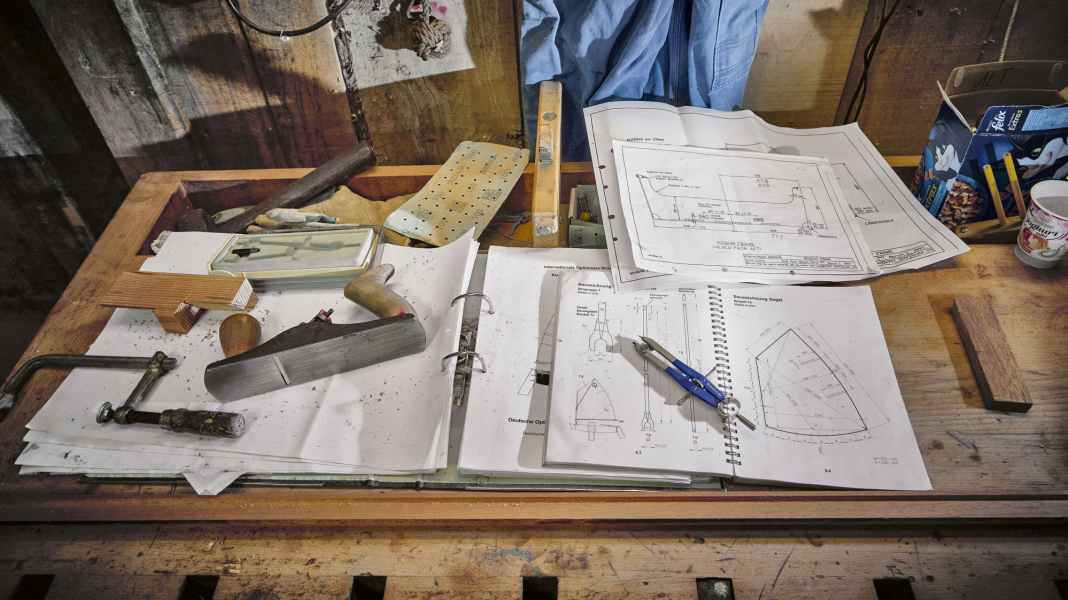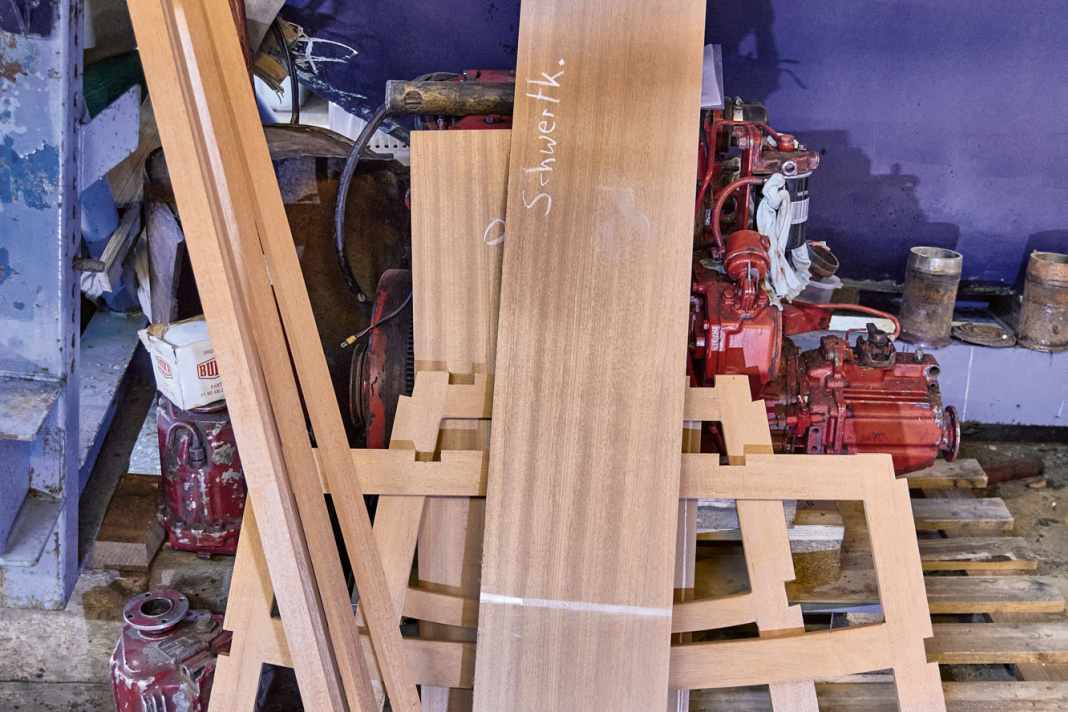
If you watch the young sailors in their modern examples of regatta optis, you might be reminded of the shape of the youngest class, affectionately known as the fish box. High-strength yet lightweight GRP hulls with aluminium rigs and Dacron sails, moved by athletic boys and girls in riding harnesses - this is real competitive sport when practised consistently.
The boat had its origins in regatta sailing, albeit at a deliberately simple level. This was also the case with the construction. According to Opti inventor Clifford McKay, a father should be able to build a ready-to-sail boat with his son in a weekend - if the mother helps with sewing the sails.
Also interesting:
The journey from these simple Prahm boats to the modern boxes of today was a long one. However, the Opti has retained its character and the ability to build it yourself.
The fact that a boat made from plywood can not only be beautiful, but also light and competitive, was demonstrated to our photographer Nico Krauss at the Stapelfeldt yacht and boatyard in Kappeln an der Schlei. Under the supervision of master Willy Stapelfeldt himself, the second Optimist in a row was built there for the youngsters last winter.
- commented building instructions: www.constroplan.com
As the principle is exactly the same in the garage at home, we have documented the process on the following pages to encourage imitation. Thanks to its shape and dimensions, building an Opti like this is the ideal project for anyone who wants to try their hand at making their own boat.
However, if you're serious, you should take a little more time than a weekend. But you no longer have to sew the sails yourself. Like all other fittings and parts, they are easy to buy from specialised dealers.
Photo documentation of the construction of an optimist dinghy






The article first appeared in YACHT Classic 2/2024.
